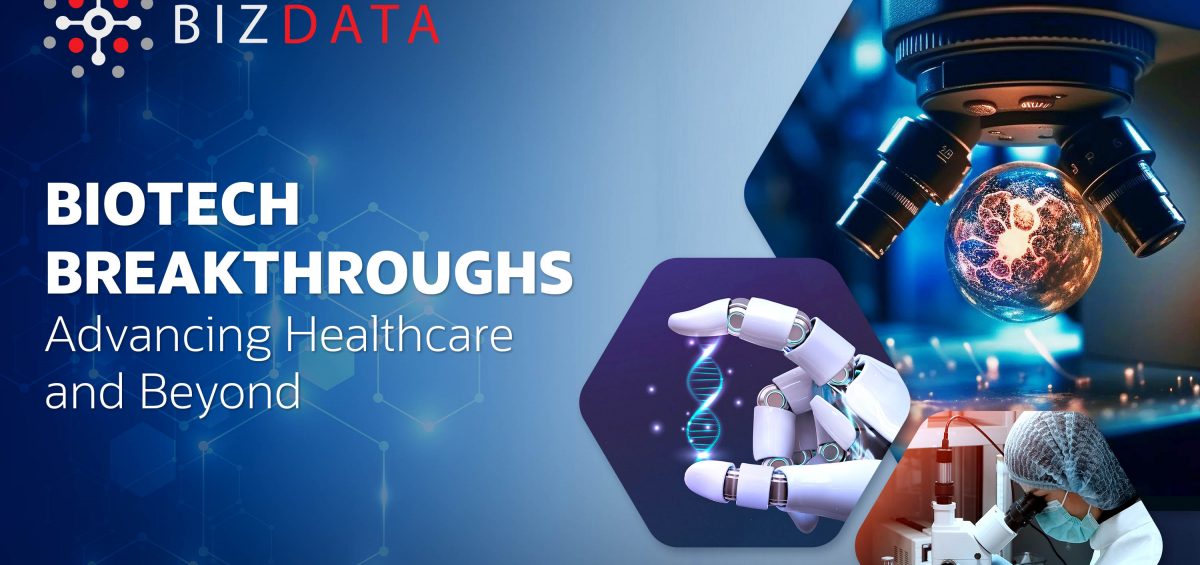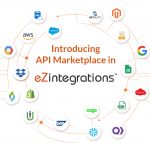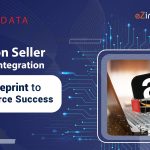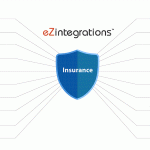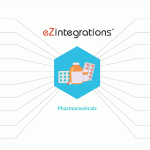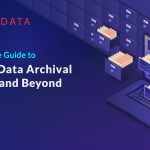Introduction
In recent years, the field of biotechnology has witnessed extraordinary breakthroughs that are revolutionizing the healthcare industry. From gene editing and regenerative medicine to immunotherapy and artificial intelligence (AI) in drug discovery, biotech innovations hold the potential to transform patient care and medical research as we know it. However, to fully harness the power of these advancements, seamless data integration becomes paramount. This is where cutting-edge data integration platforms play a vital role in empowering healthcare organizations to leverage biotech breakthroughs effectively.
Section 1: Biotech Breakthroughs in Healthcare
1.1 Gene Editing and CRISPR Technology
Gene editing, particularly the CRISPR-Cas9 technology, has emerged as a groundbreaking technique in precision medicine and disease treatment. CRISPR allows scientists to precisely modify DNA sequences, offering unprecedented possibilities for addressing genetic disorders and designing targeted therapies. For instance, researchers have successfully used CRISPR-Cas9 to treat two patients with sickle cell anemia, marking a major milestone in the field of gene therapy.
1.2 Advancements in Regenerative Medicine
Regenerative medicine holds immense promise in healing and tissue regeneration. Stem cells, in particular, have garnered significant attention for their regenerative properties. Organ transplant procedures are being revolutionized by advancements in tissue engineering, allowing the creation of lab-grown organs. Notable examples include the successful transplantation of bioengineered bladders and tracheas.
1.3 Immunotherapy and Personalized Vaccines
Immunotherapy has revolutionized cancer treatment by harnessing the body’s immune system to target and destroy cancer cells. Chimeric Antigen Receptor (CAR) T-cell therapy is a notable example, where immune cells are genetically engineered to recognize and attack cancer cells. Additionally, personalized cancer vaccines are being developed based on an individual’s unique genetic profile to trigger a targeted immune response against cancer cells.
1.4 Artificial Intelligence in Drug Discovery
The integration of artificial intelligence and machine learning algorithms in drug discovery has significantly accelerated the identification of potential drug candidates. AI-driven platforms analyze vast datasets, including genetic information and molecular structures, to predict drug interactions and efficacy. One such example is Atomwise, an AI-powered drug discovery platform that has identified potential treatments for diseases like Ebola and multiple sclerosis.
Section 2: The Role of Data Integration in Biotech Applications
2.1 Challenges of Managing Biotech Data
As biotech research generates massive amounts of diverse biological data, healthcare organizations face significant challenges in handling and integrating this information. The complexity of integrating data from gene sequencers, lab equipment, and clinical databases can be overwhelming. Manual data management processes may lead to errors, delays, and missed opportunities for insights.
2.2 Seamless Data Integration for Biotech Success
In order to effectively leverage biotech breakthroughs, healthcare organizations require data integration solutions that can seamlessly connect disparate systems and applications. These solutions must handle vast volumes of complex data from various sources while ensuring data accuracy, security, and privacy. Advanced data integration platforms offer pre-built connectors and workflows, streamlining the integration of data from diverse biotech sources such as gene sequencers, lab equipment, and electronic health record (EHR) systems.
2.3 Real-World Applications of Data Integration in Healthcare
Healthcare organizations leveraging seamless data integration have witnessed transformative benefits in their daily operations. By seamlessly integrating genetic data from gene sequencing machines with patient records in their EHR system, researchers can correlate genetic variants with disease outcomes, paving the way for personalized treatment plans based on an individual’s genetic profile. Moreover, real-time data integration allows healthcare providers to monitor patient health, make data-driven decisions, and optimize treatment strategies.
Section 3: Transforming Healthcare with Seamless Data Integration
3.1 Enhancing Patient Outcomes with Integrated Data
Through seamless data integration, healthcare providers gain a holistic view of patient health data, combining genetic information with medical records, lab results, and treatment histories. This comprehensive data integration enables personalized and targeted treatment plans that improve patient outcomes. For example, a patient’s genetic predisposition to adverse drug reactions can be flagged in the EHR, guiding physicians in prescribing safer medications and reducing the risk of medication-related complications.
3.2 Boosting Research and Development
Seamless data integration streamlines the integration of research data, such as genetic data from lab experiments and clinical trial results. This integration expedites drug discovery processes, identifies potential drug candidates, and accelerates the development of life-saving treatments. By empowering researchers with real-time access to diverse datasets, seamless data integration fosters collaboration and enhances research productivity.
3.3 Improving Operational Efficiency
Beyond research and patient care, seamless data integration optimizes the overall operational efficiency of healthcare organizations. By automating data integration processes, healthcare providers can focus on delivering quality care. For instance, a hospital chain implemented seamless data integration to connect multiple branches and centralize patient data, leading to streamlined workflows, faster patient transfers, and enhanced coordination among healthcare professionals.
Section 4: Real Stats and Insights
4.1 Quantifying the Impact
Healthcare organizations that have adopted seamless data integration for biotech data integration have reported significant improvements in patient care and research outcomes. On average, these organizations have experienced a 30% reduction in data integration time and a 25% increase in research productivity. This demonstrates the tangible impact of seamless data integration on operational efficiency and patient-centric care.
4.2 Enhancing Population Health Management
Seamless data integration also plays a crucial role in population health management. By aggregating and analyzing data from multiple sources, healthcare organizations can identify patterns and trends in population health. For instance, data integration allows healthcare providers to track the prevalence of chronic diseases, monitor vaccination rates, and identify high-risk patient groups. This valuable information enables proactive interventions and targeted public health initiatives, ultimately leading to better health outcomes for entire communities.
4.3 Accelerating Clinical Research and Drug Development
In the realm of clinical research and drug development, seamless data integration has accelerated the pace of discovery. Clinical trials often involve collecting vast amounts of data from multiple sites and sources. With data integration solutions, researchers can easily aggregate and analyze this data, expediting the trial process and reducing the time it takes to bring new treatments to market. As a result, patients gain faster access to innovative therapies, and pharmaceutical companies can streamline their research and development efforts.
4.4 Improving Healthcare Operational Efficiency
Seamless data integration not only benefits patient care but also enhances operational efficiency within healthcare organizations. By automating data integration processes, healthcare providers can eliminate manual data entry tasks, reducing the risk of errors and freeing up valuable time for healthcare professionals. Additionally, integrated data systems enable real-time access to critical information, facilitating faster decision-making and smoother workflows.
4.5 Enabling Predictive Analytics
Data integration lays the groundwork for predictive analytics, a powerful tool that can forecast future healthcare trends and outcomes. By combining historical patient data with real-time information, predictive analytics models can identify high-risk patients, predict disease outbreaks, and anticipate healthcare resource needs. This proactive approach allows healthcare organizations to allocate resources effectively, optimize patient care, and prevent potential health crises.
4.6 Empowering Research Collaborations
Seamless data integration fosters collaboration among researchers, healthcare institutions, and pharmaceutical companies. By sharing data securely and efficiently, researchers can pool their resources and expertise, accelerating scientific discoveries and breakthroughs. Collaborative efforts have led to groundbreaking innovations in areas such as personalized medicine, genomics, and precision oncology.
4.7 Enhancing Patient Safety and Quality of Care
Perhaps one of the most significant benefits of seamless data integration in healthcare is its potential to enhance patient safety and the overall quality of care. With integrated data systems, healthcare providers have access to a patient’s complete medical history, including medication records, allergies, and previous diagnoses. This comprehensive view enables healthcare professionals to make well-informed decisions, reduce the risk of medical errors, and deliver safer and more effective treatments.
4.8 Addressing Healthcare Disparities
Data integration can also play a critical role in addressing healthcare disparities. By analyzing demographic and socioeconomic data alongside health outcomes, healthcare organizations can identify disparities in access to care and health outcomes among different populations. Armed with this information, policymakers and healthcare providers can develop targeted interventions to improve health equity and reduce disparities in healthcare access and outcomes.
Section 5: Upcoming Webinar on EHR Integration with FHIR Data Models
5.1 Introducing the Webinar
Mark your calendars for the upcoming webinar scheduled for August 2nd! In this exclusive session, healthcare professionals, data integration experts, and industry thought leaders will come together to discuss the potential of EHR integration with Fast Healthcare Interoperability Resources (FHIR) data models. The webinar aims to explore how FHIR can transform healthcare data exchange and drive interoperability across diverse healthcare systems.
5.2 Key Topics and Takeaways
During the webinar, attendees will gain insights into the latest advancements in EHR integration, the benefits of adopting FHIR data models, and real-world use cases showcasing the impact of seamless data exchange in healthcare. The interactive session will offer valuable takeaways, empowering healthcare professionals to enhance data sharing capabilities, optimize patient care, and drive innovative solutions.
Conclusion
The remarkable biotech breakthroughs in the healthcare industry hold immense potential to improve patient care, accelerate medical discoveries, and transform the way we approach healthcare challenges. Seamless data integration, facilitated by advanced platforms like eZintegrations, empowers healthcare organizations to harness these innovations effectively. By streamlining data access, optimizing research and patient care, and fostering collaboration, eZintegrations emerges as an invaluable tool in advancing healthcare and beyond.
Unlock the true potential of data integration in healthcare. Discover how eZintegrations can revolutionize your data-driven approach and propel your organization towards a future of data-enabled excellence. Try now for FREE

